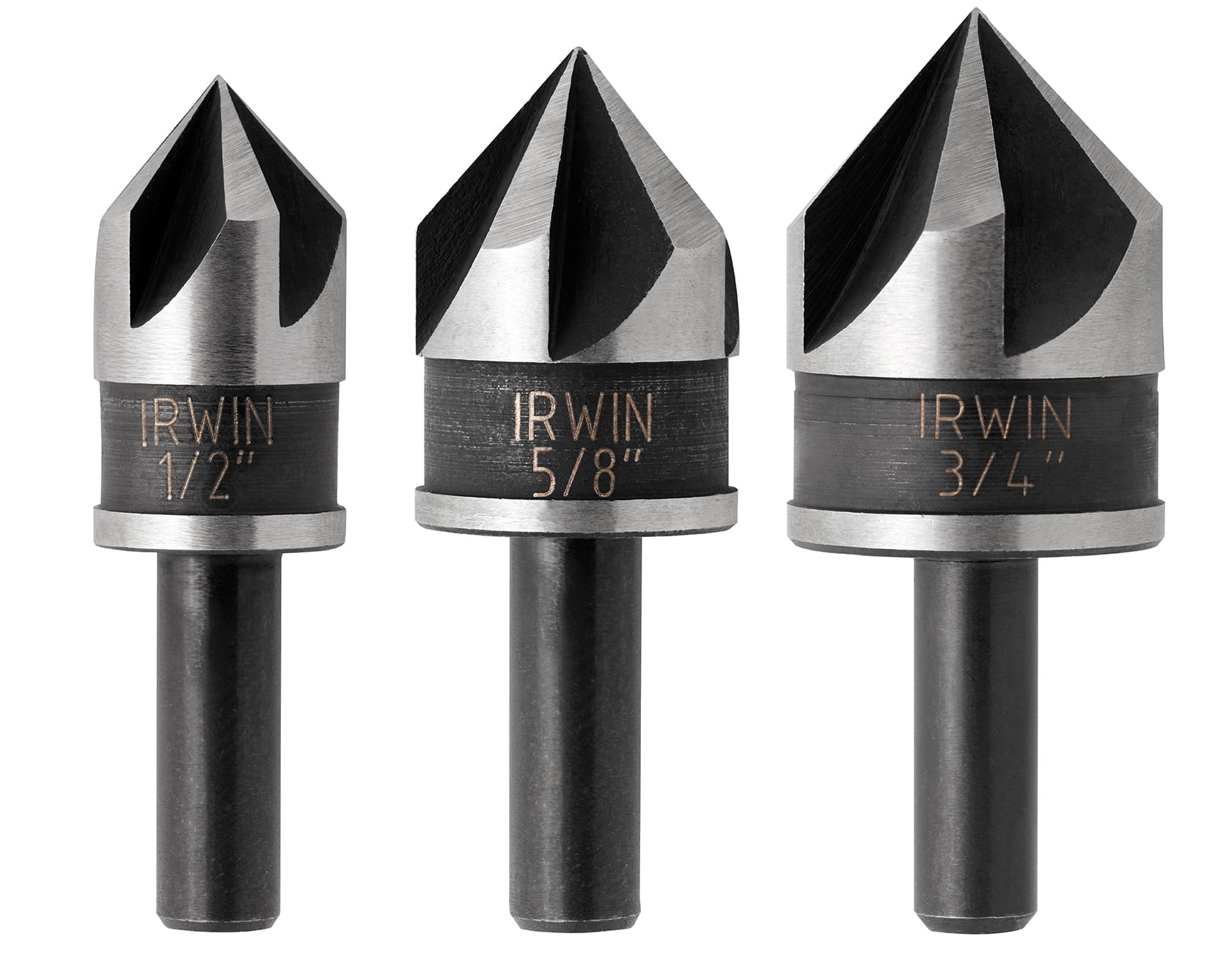- Joined
- Dec 9, 2003
- Messages
- 4,817
I have been wondering how to get a nice finish on a bevel on a blade. On an exposed hole I use a countersink to create the bevel sometimes so it isn't sharp. The I also use a beveled hole as a place for a kydex sheath to index on.
I have been trying to figure out if there is any special bit or technique to polish the hole for a high quality finish. When I use a damascus blade I think polishing the hole bevel is really going to show extra quality and the layers of the steel. I don't think any Dremel stone bits are going to be smooth enough to give a good polish. Anyone have any secrets?
I have been trying to figure out if there is any special bit or technique to polish the hole for a high quality finish. When I use a damascus blade I think polishing the hole bevel is really going to show extra quality and the layers of the steel. I don't think any Dremel stone bits are going to be smooth enough to give a good polish. Anyone have any secrets?
Last edited:



